Media | Articles
Project Valentino: My Mistress’ Eyes Are Something Like The Sun
Welcome to the latest installment of Project Valentino, a series dedicated to the decades-long story of senior editor Sajeev Mehta and the machine that got him into cars: the 1983 Lincoln Continental Valentino designer series. Join us as Sajeev restores this Ford enigma to its original glory… and then some! —Ed.
Eight years is a long, long time for a simple headlight installation. And even though they look finished, the electronics behind the façade are all whacked out: Those beautiful low beams don’t illuminate with the headlight switch. The weight of electrical glitches in my life is crushing and difficult to overcome. However, even though I am, let us say, overburdened with more pressing classic automobile emergencies, I felt that neglecting these lights any further would be a shame. After all, just like everything else on Project Valentino, I’ve put a lot of effort into restomodding these “eyes.”
Brace yourselves for a wild ride of wires and headlights.
I still remember that weekend back in 2016 when I used my $9 Harbor Freight angle grinder to open up the Valentino’s factory headlight buckets. I cracked into them because my restomodding mission involved the installation of Hella lights with H4 (low beam) and H1 (high beam) bulbs. The Hellas are larger than the factory lights internally, demanding a bit of grinding. A drive to the restoration shop to media blast the buckets ensured they were ready for fitment.
Meanwhile, I mocked it all up in the Valentino’s header panel, verified clearances, and disassembled everything again. I was excited! Remember—back in 2016, Project Valentino was still nothing more than a few crates of parts and a chassis sitting on a rotisserie. I can still feel the anticipation of the moment after paint when, at long last, Project Valentino’s face could be fully revealed.
Marketplace
Buy and sell classics with confidence
When that paint work was done, the restoration shop did their job at little too well. It installed every external trim part—even things I didn’t want yet on there, like the “Lincoln Continental” script above the lights, because a tape stripe must be applied beforehand.
Back to the lights, which brought an even bigger annoyance. The Hellas grew cataracts while sitting in storage. Why this happened is irrelevant at this point, but a quick chat with longtime pal and headlight guru Daniel Stern suggested the glue just off-gassed inside the light. All that murky fog does look kinda spooky and cool against freshly plated chrome, and cleaning it off is far from a priority for a non-functional project car such as this.
Priorities change, though, and that’s what happened in the last few months. I’ve had other lighting issues going on, so I pulled out all four of Project Valentino’s Hellas for a proper clean inside the air-conditioned comfort of my house, awayfrom brutal Houston summer heat.
Alas, what cleaning agent removes off-gassed glue from glass? I tried soapy water first, to no avail. Then I remembered there’s this stuff called “glass cleaner” and perhaps I shouldn’t fear using it within the expensive confines of a German lighting pod. Out came the Windex, which I polished off with a slightly abrasive cloth. All this was far more work than I expected.
At this point, I began to think about the upgraded halogen bulbs I originally installed in the light assembly. Halogen bulbs are still a solid choice in modern times, but headlight technology has progressed significantly since 2016.
Meet the Osram Nightbreaker H4 LED. When installing these bulbs in a Hella, you get an impressively engineered beam that’s legal in many parts of the EU. (I hope that by the time Project Valentino is on the road and running, U.S. federal law will have relaxed to allow aftermarket low-beam LED swaps. Regardless, for the moment, such use is fairly widespread and enforcement is rare.) The construction of these Osrams is stunning, especially when lined up next to a conventional halogen bulb, as the geometries are shockingly similar. The LED chip set is nothing like the junk you find online, and assembling it all in my “kitchen verified” setup shows a beam more like that of a modern luxury car. It’s nothing like a lifted truck with $40 Amazon-specials.
Reassembly wasn’t so straightforward. The restoration shop decided to make its own turn signal gaskets after it became obvious that the correct foamy ones from Ford had disintegrated. (No wonder those lights were so easy to remove!) Luckily there was a 1988 Mercury Cougar at a nearby junkyard that donated the right stuff to Project Valentino.
Adding Sylvania ZEVO turn signal bulbs (another quality product that replicates factory performance with LED advantages) gave the Valentino a proper amber “blush” to its cheeks when the parking lights are illuminated by the headlight switch. And that’s when I realized I was in far deeper than expected: A secondary pull on that switch should activate the low beams, but they failed to respond. I tested for power at the headlight wiring, there was none. Fuses? Yeah, they were fine.
I put this whole issue aside for a moment, because I had a more pressing problem with illumination on one of my regular drivers. I have been neglecting the HID headlights in my 1995 Lincoln Mark VIII. And they were on the verge of dying. Again.
Devoted readers of mine will recall I wrote about a stopgap solution for Lincoln Mark VIIIs back in 2016, seeking replacements for the revolutionary Luminarc HID headlights that once had no peer. New replacements no longer exist, and the aftermarket HID alternatives have horrible geometry and deplorable durability. I was forced use one of these aftermarket setups anyway, though my new plan was to do even better with a solution of my own devising.
Sitting on my workspace just a few inches from Project Valentino’s EU-compliant LEDs were a pair of cheap-ish LED bulbs from a well-regarded Chinese manufacturer, with geometry that claimed to match that of a factory 9005 halogen filament. To verify the LED bulbs came with accurate geometry, I found an original set of Ford/Luminarc HID bulbs from my parts cache. The photo in the slideshow above doesn’t do it justice: the HID light bubble and the LED chip line up perfectly.
However, the factory bulbs are just way too old to work well—one half was dead and the other was at maybe half-capacity.
My goal: Remove my crappy aftermarket HID assembly from the car, find a way to make the new LED bulbs fit on the factory-original HID bulbs’ mounting brackets, and reinstall the original Luminarc assembly with the new LED bulbs. It is the closest thing to the original equipment available for the Mark VIII, and it would offer the safest, best-performing forward lighting.
So I stripped the original HID bulbs down to their mounting surface, trying not to break the glass housing so as not to be exposed to Xenon gas. (I’m currently batting .500 in this regard.) Once the mounting surface and its integral red O-ring were freed with a cutoff wheel, they revealed the geometrically correct mount for the LEDs. It’s a perfect match when you measure with a pair of vernier calipers, but even if I were off by a fraction of a millimeter, this would be better than the garbage I’m currently running.
I yanked out the aftermarket HID kit in the Mark VIII’s eyes, ordered a headlight wiring harness kit from Tony Candela at Auto Electric Supply, and slammed in my homebrew restomod LED kit for the Lincoln Mark VIII. The new LEDs illuminate just as well as the original Ford/Luminarc design from 1995, but that’s not exactly a compliment by today’s standards. The Mark VIII’s tiny reflector headlights aren’t emitting a beam like a modern projector or LED array would, but the cutoff line and hotspot are back to the contemporary era’s definition of cutting edge (as it were).
All is finally right at night with my daily driver. Now I had no excuse but to return to Project Valentino, or so I thought…
See, I haven’t yet told you about the all-original, low mileage, 30th Anniversary Ford Thunderbird in The Mehta Collection. It needed a mild restoration thanks to sitting for too long after something in the fuel system died.
With help from friends, this car went from a 3600-pound doorstop to a sleek coupe with a new fuel system, fresh brakes, and a few new gaskets. It’s quite the beauty now, after receiving a fresh set of reproduction Goodyear Gatorback tires, the last NOS speedometer cluster on the planet, an OEM style exhaust system from Waldron’s Exhaust, and this snazzy license plate frame. (The frame is actually for a 1989+ model, but let’s keep that discrepancy between us.)
I thought these finishing touches meant the Blue Bird was ready to be enjoyed. Well, except for the source of that massive battery drain that I have yet to track down. I could ignore that for a while, just disconnect the battery when I’m not driving it. Right?
Going for a quick celebratory spin in the T-bird, I noticed the courtesy light was illuminated around my left foot. Odd. Why would the courtesy light be on with the doors closed? Not too bright, either. Bad ground?
Wait, why is it flickering like a literal flame?
“Oh dear, the fusebox appears to be ablaze,” I definitely said, without profanity.
I cannot tell you how physically and emotionally draining it was to put out the fire and remove that once-pristine interior to address the resulting damage. I felt like I lost a beloved pet, and it took days for me to get my spirits back up. This whole ordeal could spawn a series of articles on its own; after seven hours of delicate surgery spanning the driver’s low-beam headlight to the center of the cabin, I extracted the wiring harness. (Typing that triggers the same stress all over again.)
Luckily, help came my way. My stash of spare parts and friends in the car business run deep. I consulted my Thunderbird Turbo Coupe parts car and snagged its fusebox, after verifying it had the same part number as mine. Then I asked around at a 24 Hours of Lemons race I was judging last November, looking for anything from spiritual support to legit advice. To my absolute delight, one race team had a very nice gentleman named Neil in their ranks.
Neil works for Halls Auto Electric in nearby Conroe, Texas. I expressed my concerns about re-pinning the fuse box by myself, especially with de-pinning tools I couldn’t use. He assured me his outfit does “this all the time,” and after the fact, that makes sense. The end result of their work was fantastic and even affordable. I am very confident the source of the issue is now put to bed; the fire likely originated from tap connectors used to install an aftermarket alarm sometime in the 1990s. I removed one tap connector but apparently didn’t notice the other one … until it was too late.
Now I must force myself to reinstall that beast of a harness and deal with whatever consequences may come from it. At least when I go behind the T-bird’s low beam headlight for a second time I won’t be greeted with a face full of washer fluid that’s old enough to vote.It feels like I will never get around to Project Valentino. Still, I’m proud to be doing restoration work that terrifies most folks—work that most mechanics will (understandably) decline to tackle. Between saving the Anniversary Thunderbird and reincarnating the Mark VIII’s headlights, this work gives me a level of pride that’s hard to articulate in words.
If not me, then who?
One thing is crystal clear: Every car in The Mehta Collection needs a fire extinguisher. It’s not a small expense, but worth it. After this ordeal, you can trust me on that one. I’d recommend it for any old car.
(A shout-out to eBay’s mrfivepointo. In case you’re reading this, your cache of fire extinguishers went to worthy homes.)
Hopefully, my next installment in the Project Valentino series comes quicker than this last one, and maybe next time, I won’t set a rare Thunderbird aflame. Setbacks are painful but they reinforce my belief that perfection in a restoration is an overrated goal. True DIY perfection is in the process, which comes from embracing flaws and learning things you never anticipated. Perhaps Shakespeare said it best in Sonnet 130:
I have seen roses damasked, red and white,
But no such roses see I in her cheeks;
And in some perfumes is there more delight
Than in the breath that from my mistress reeks.
***
Check out the Hagerty Media homepage so you don’t miss a single story, or better yet, bookmark it. To get our best stories delivered right to your inbox, subscribe to our newsletters.
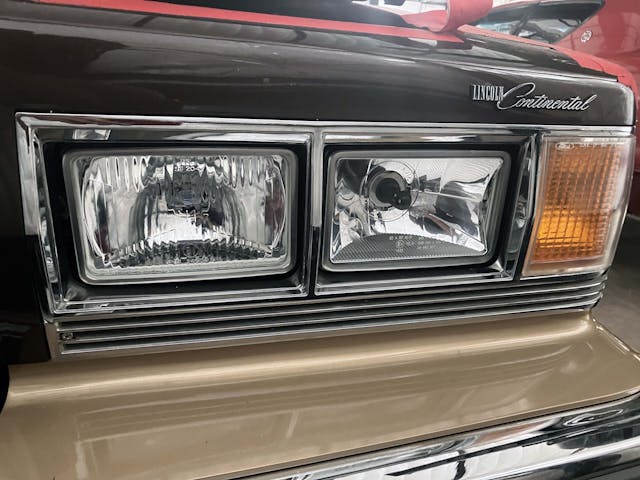

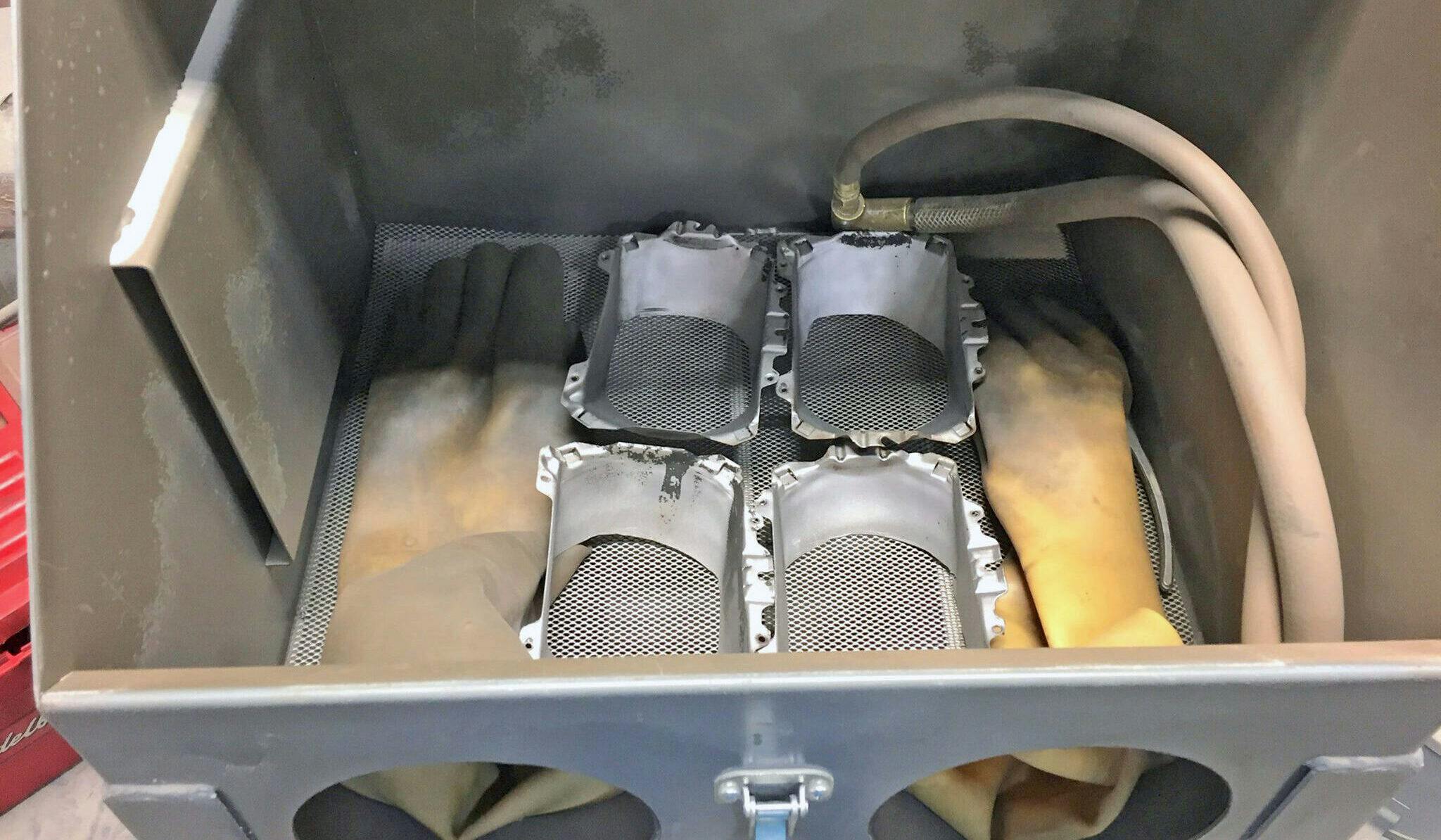
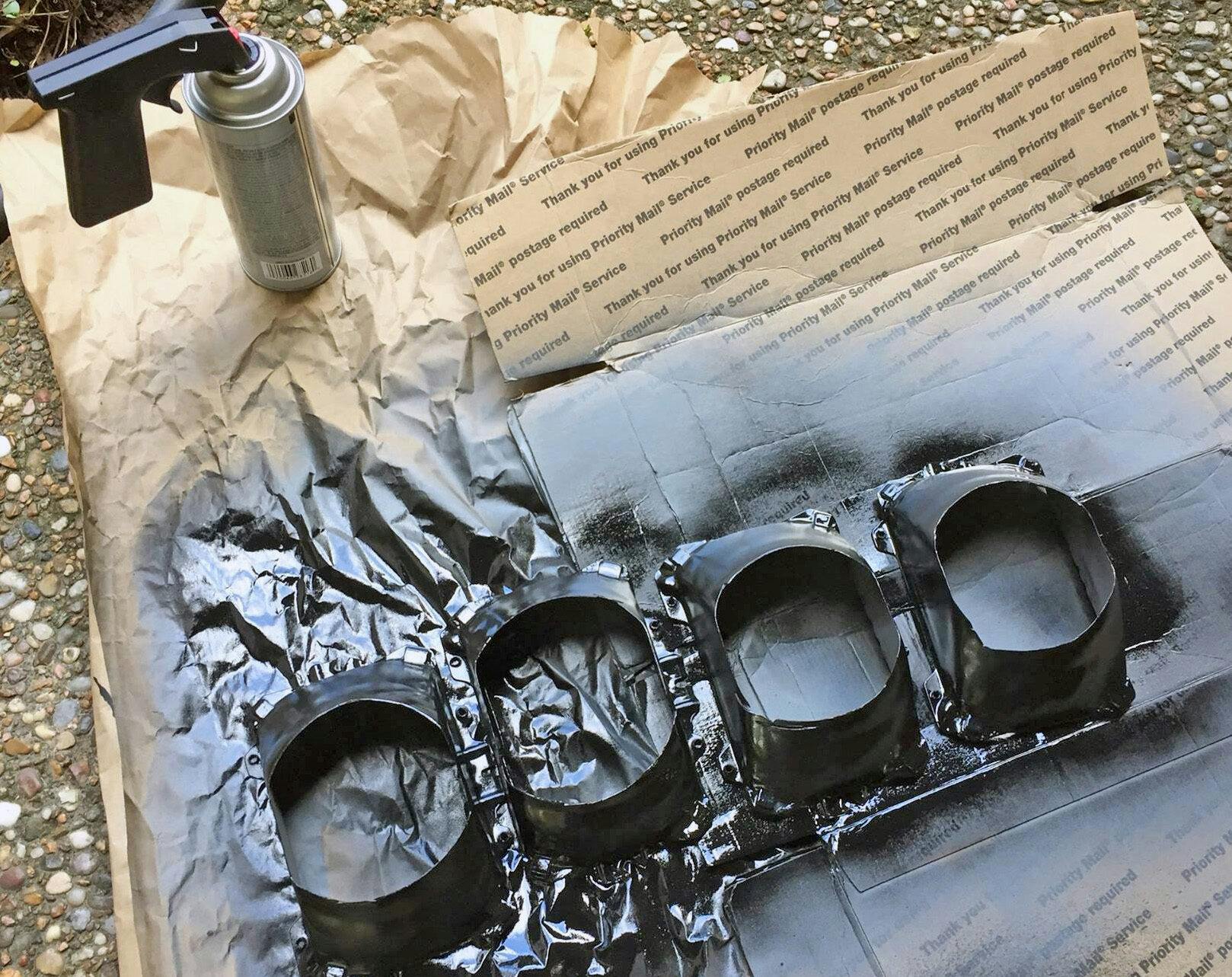









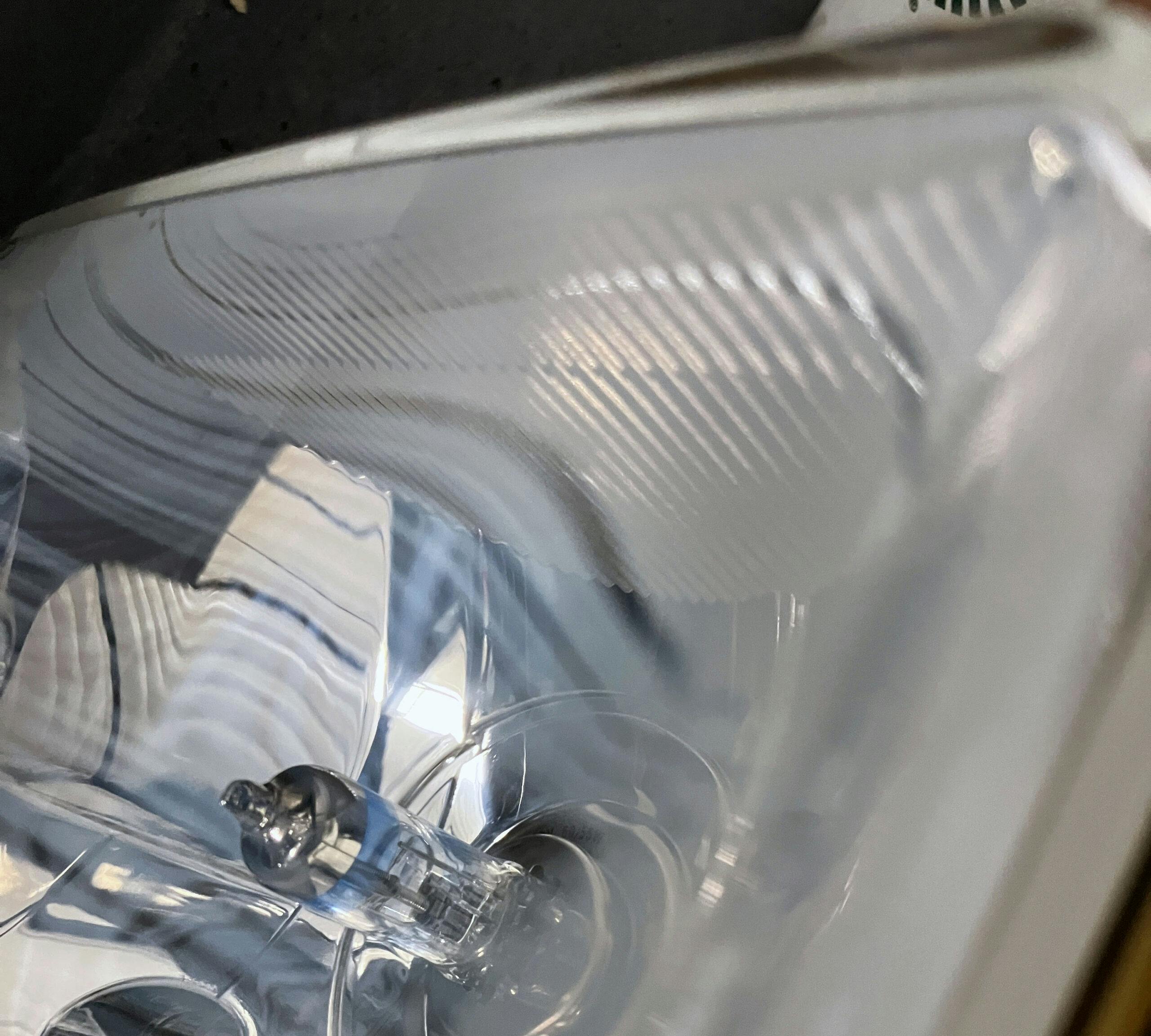
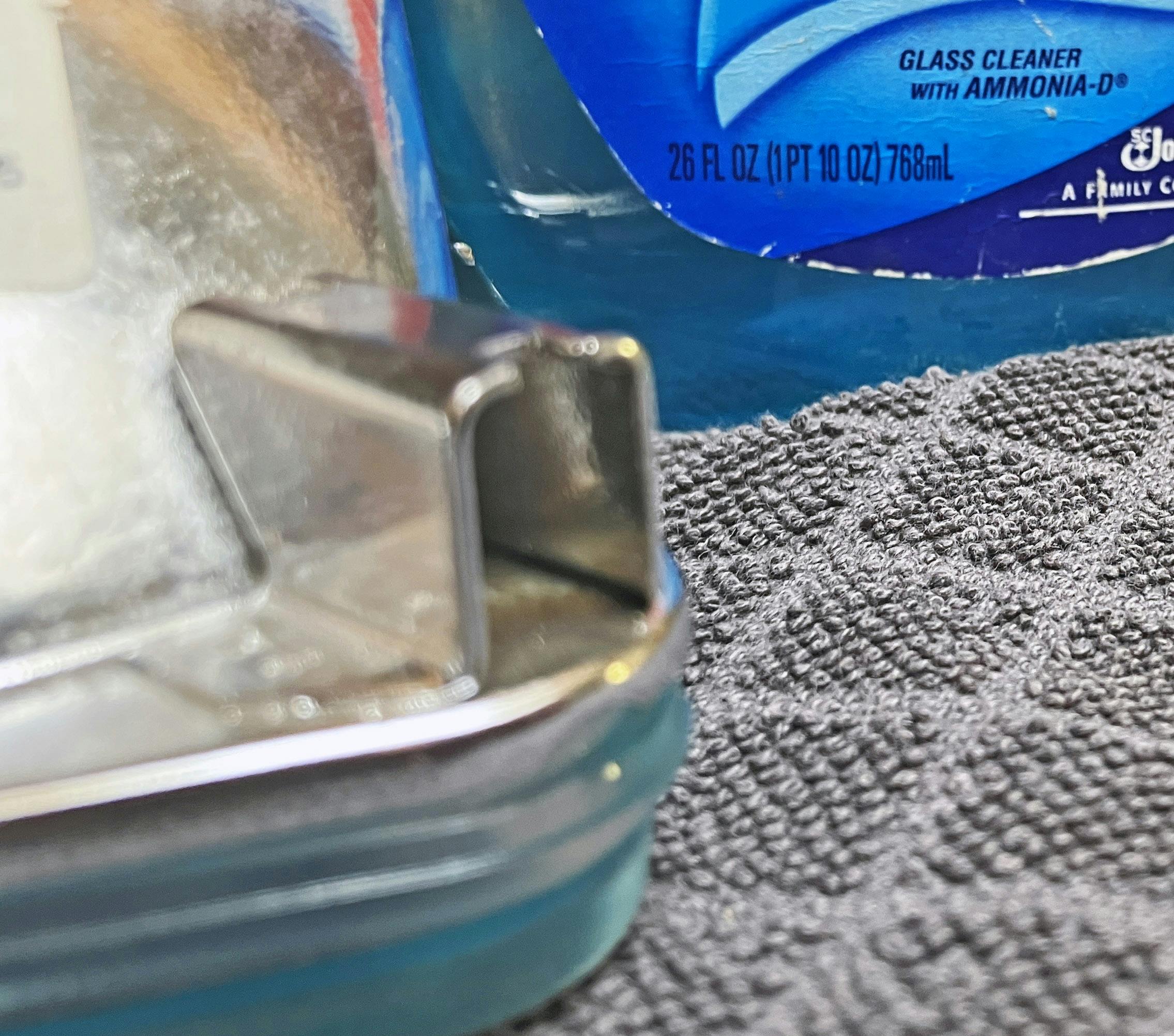
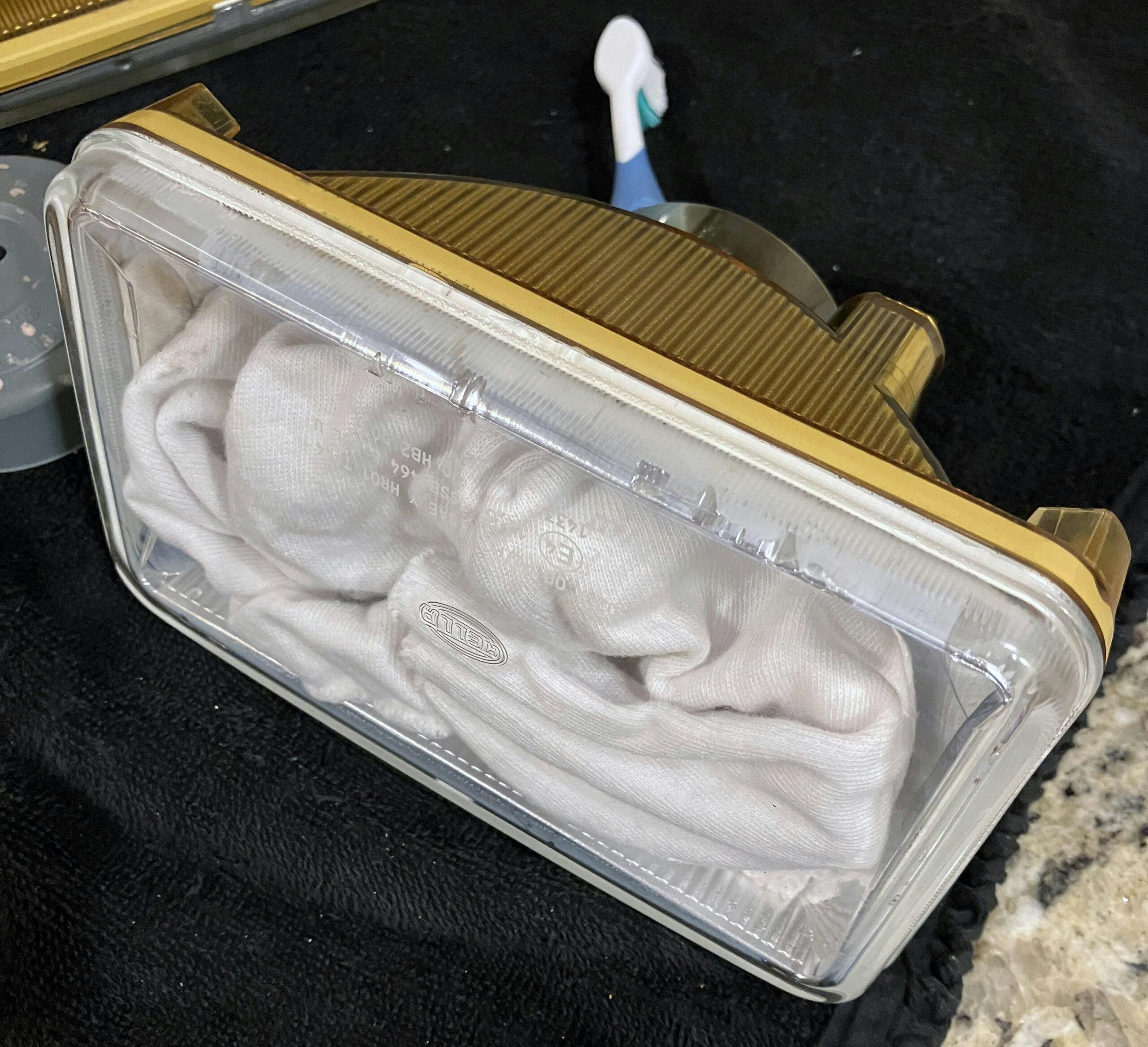

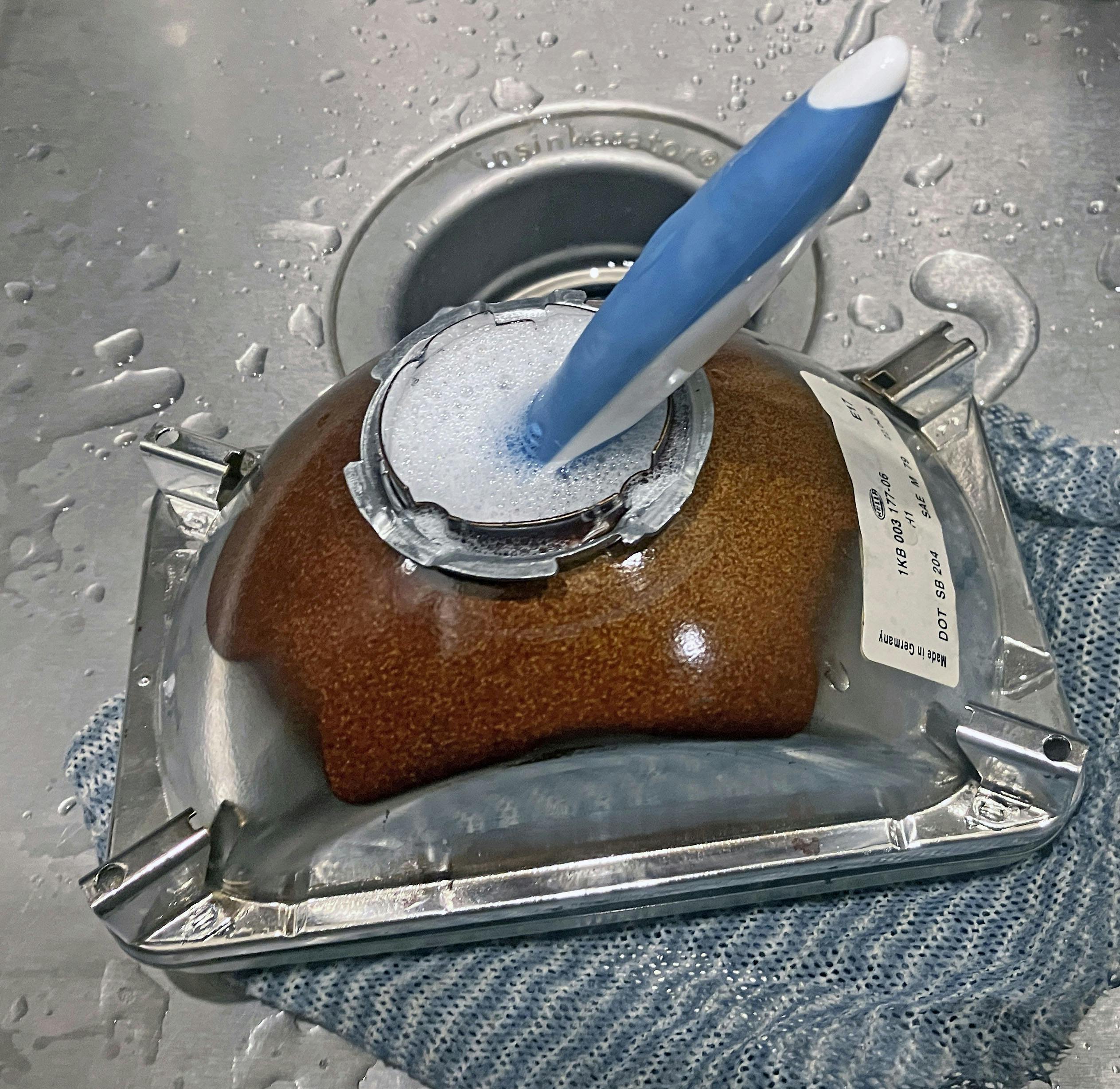
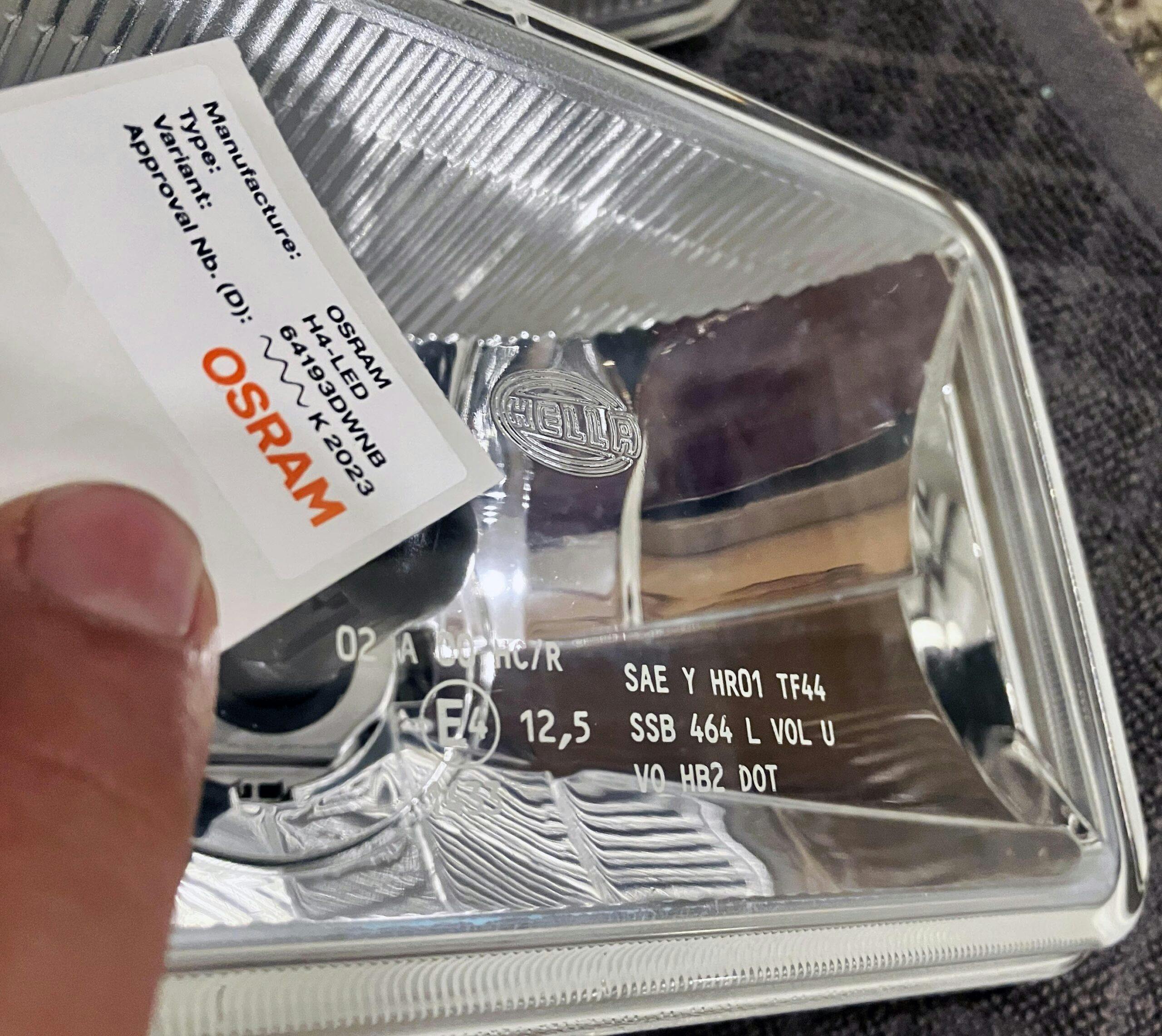

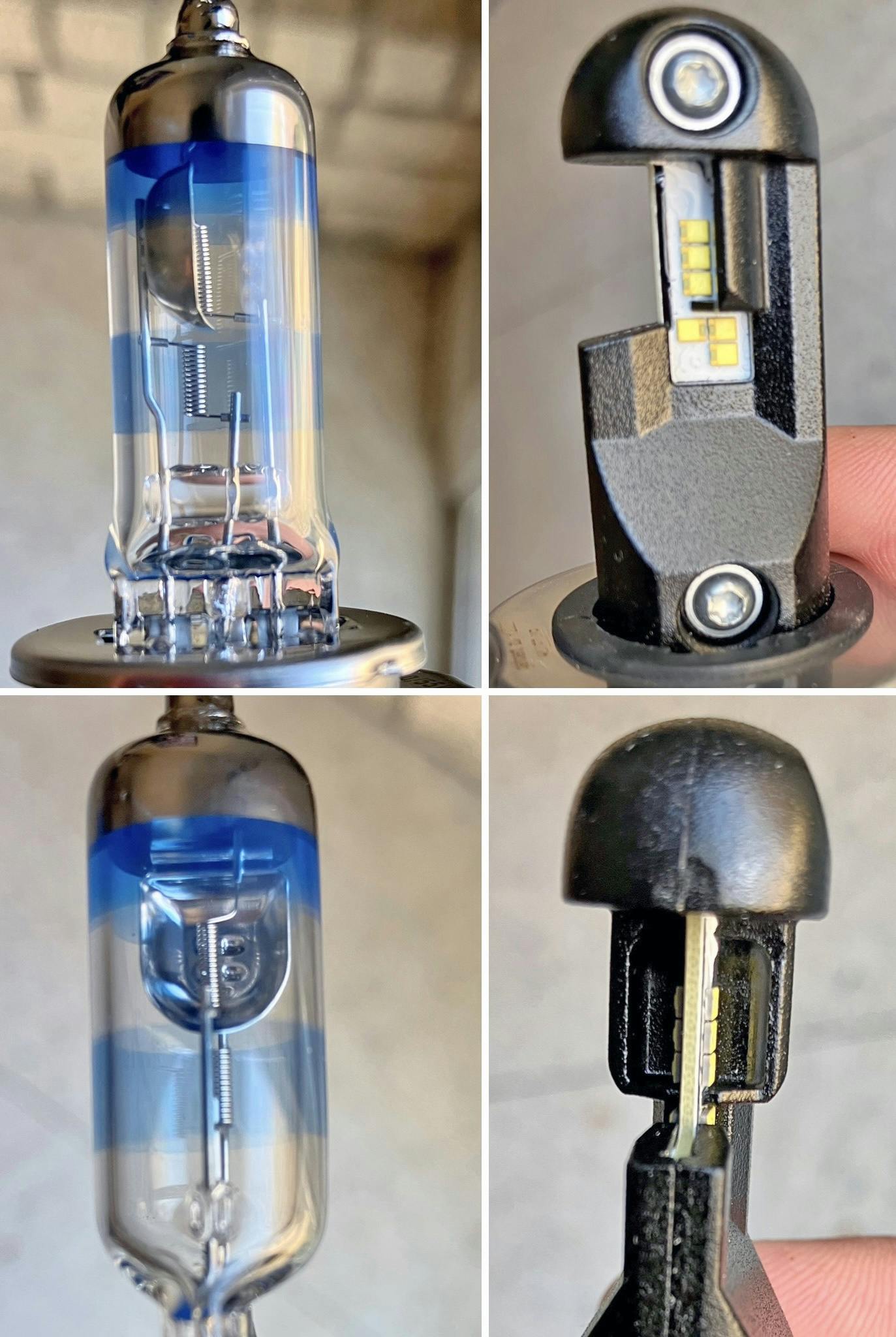
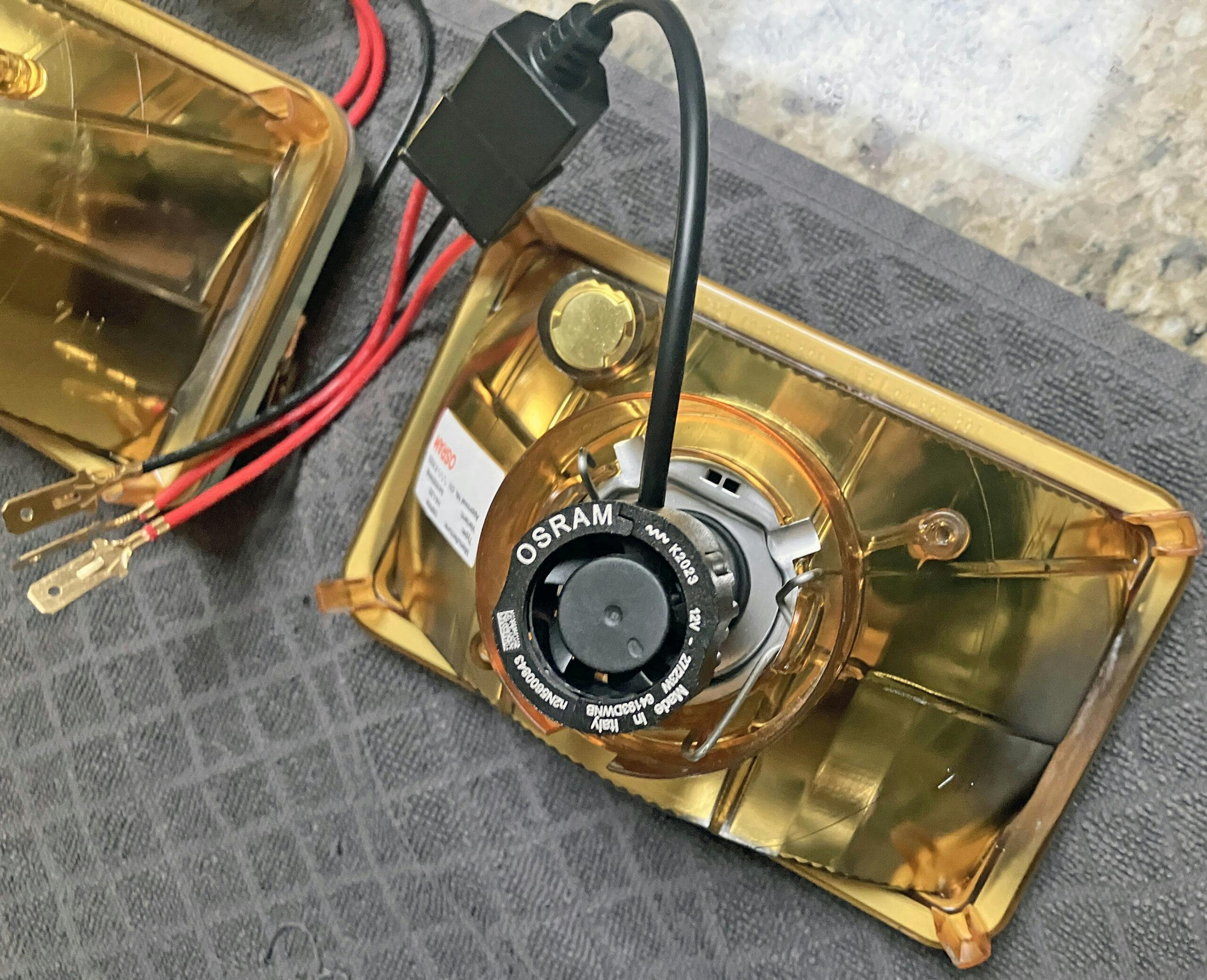
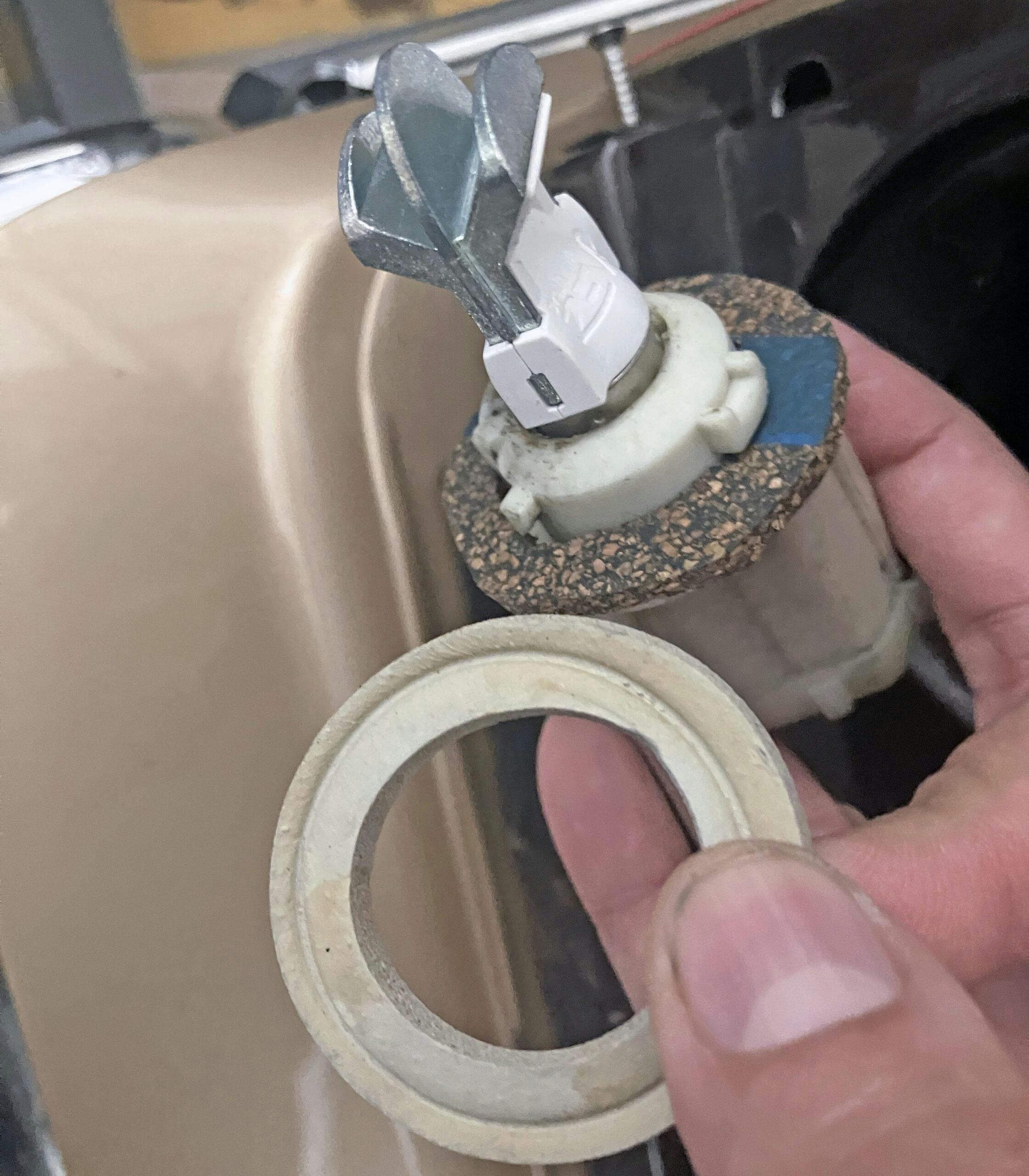

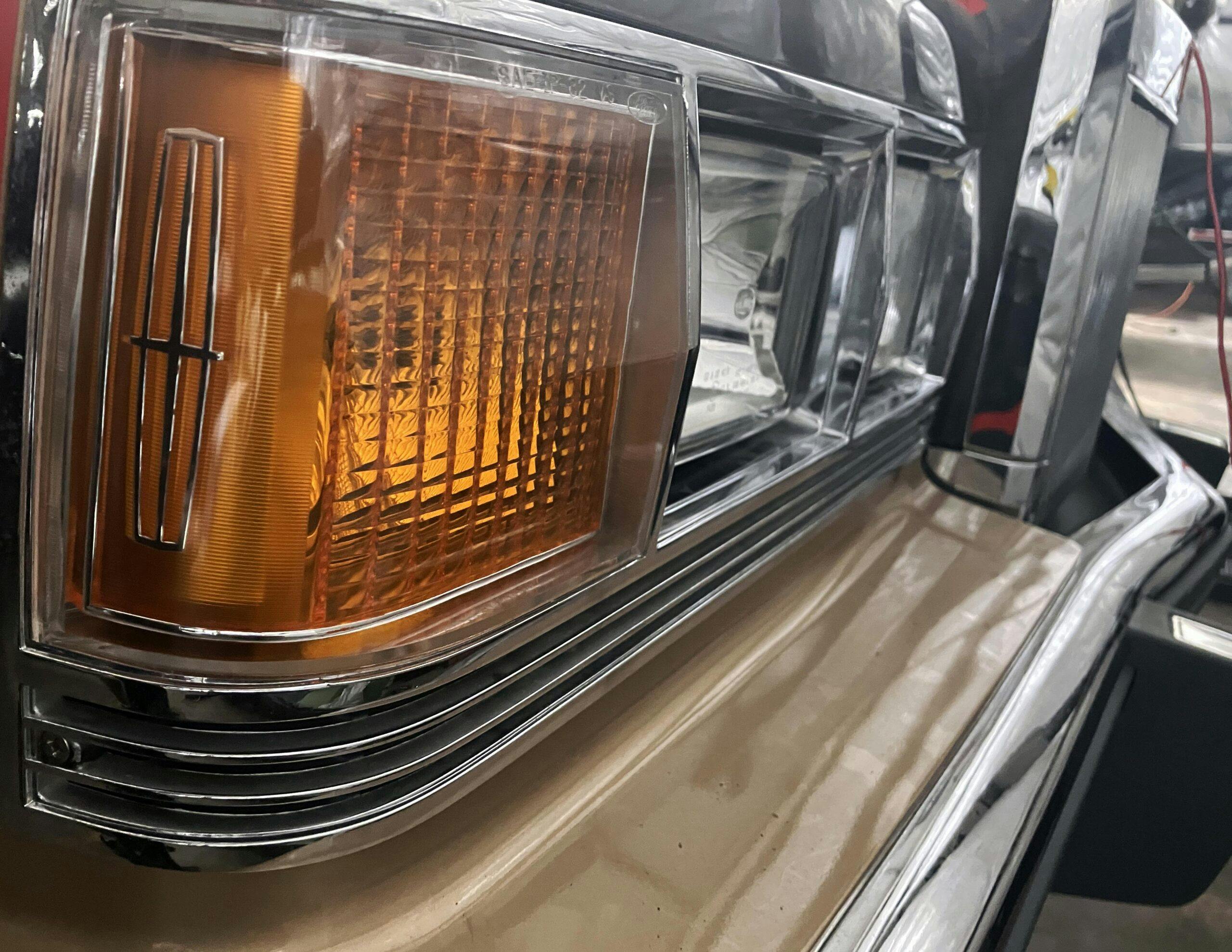
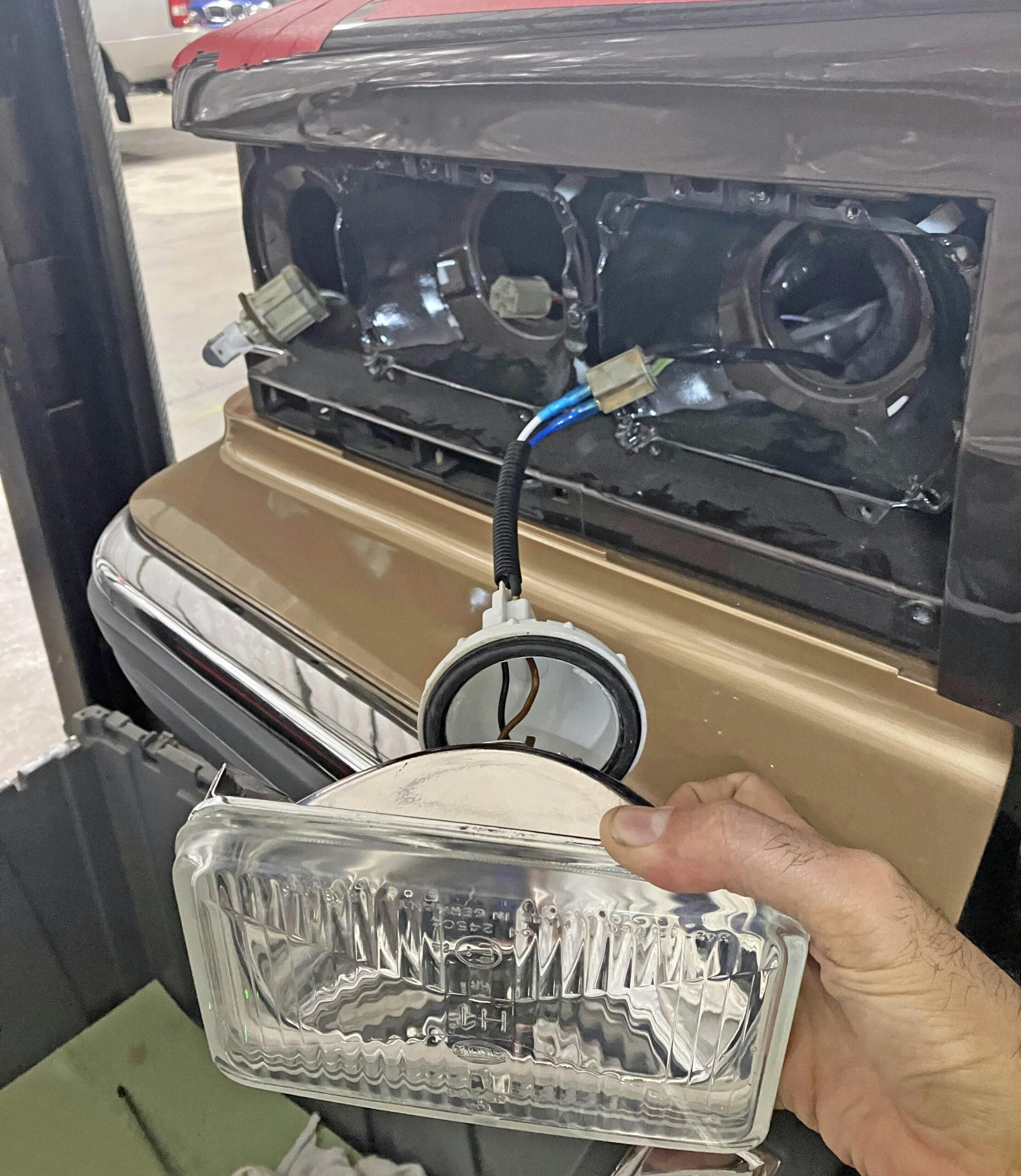

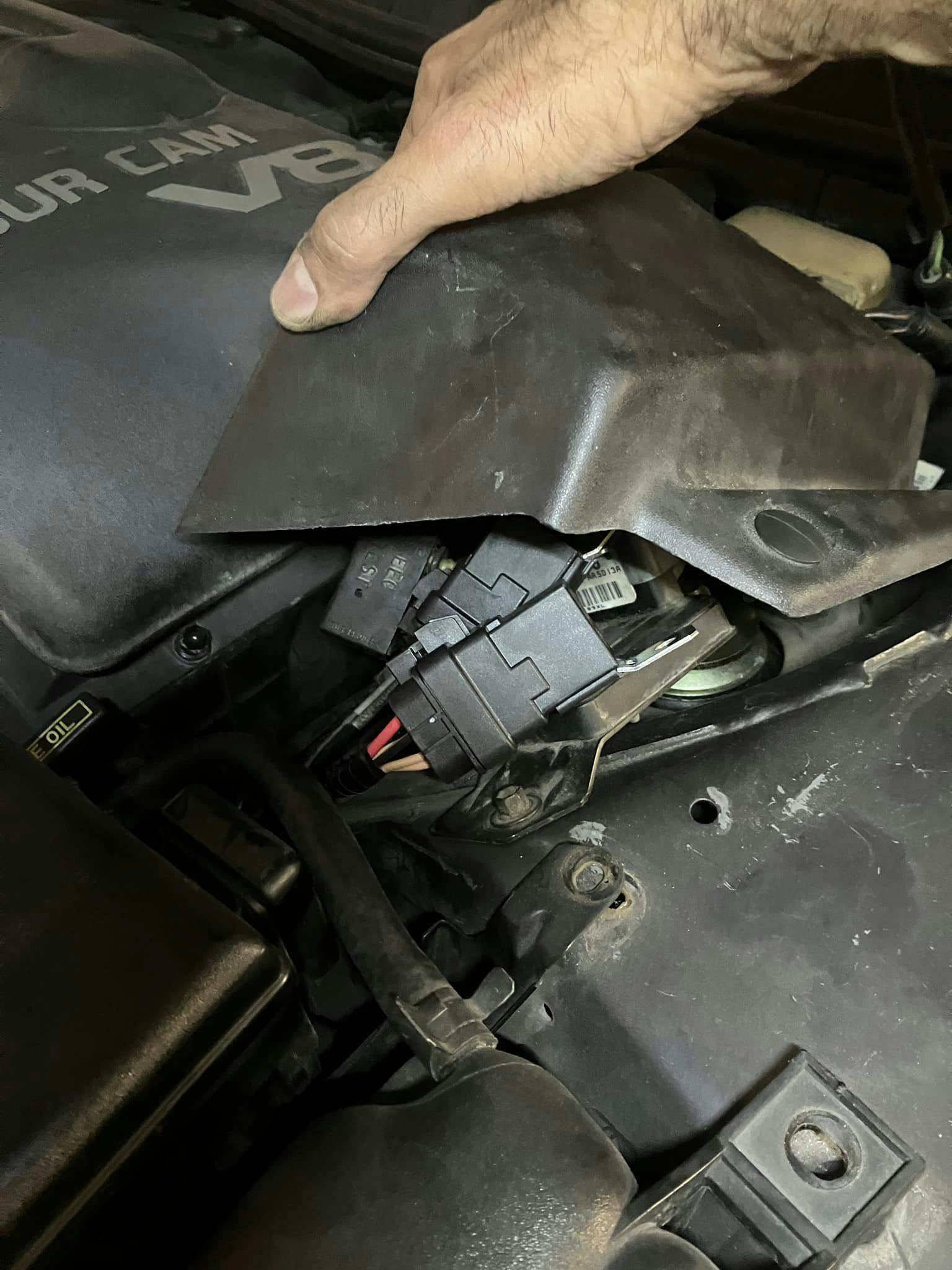
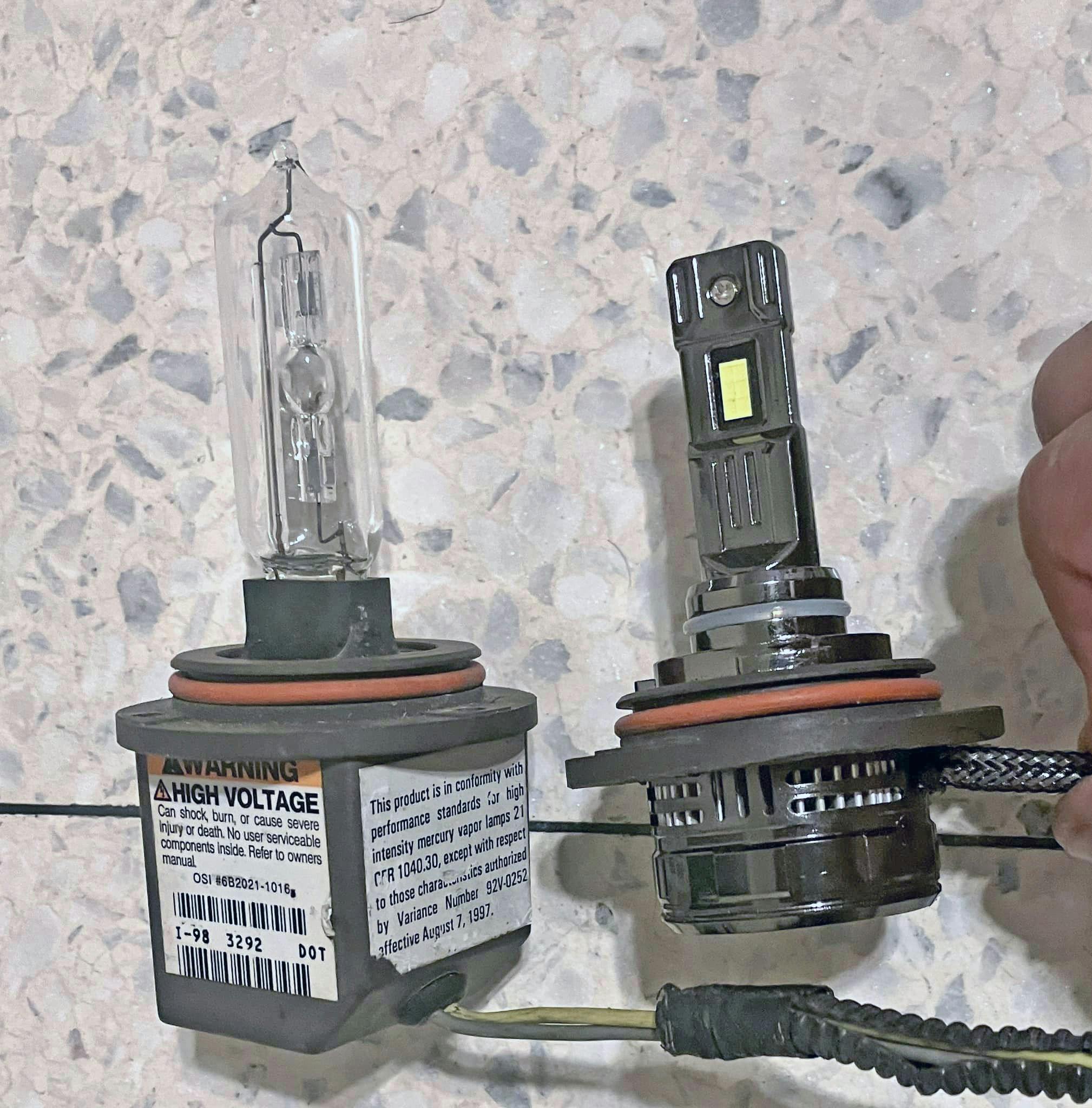

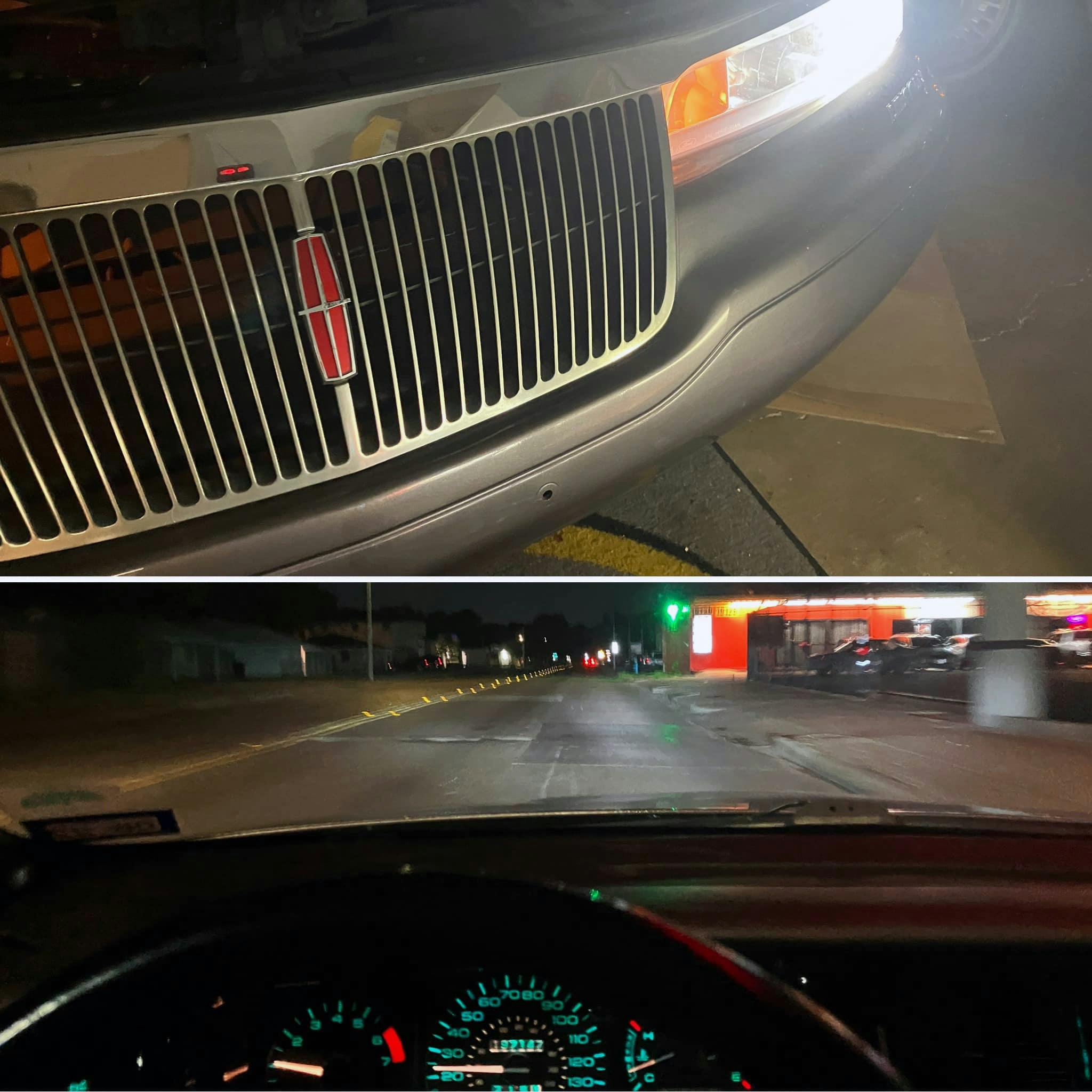
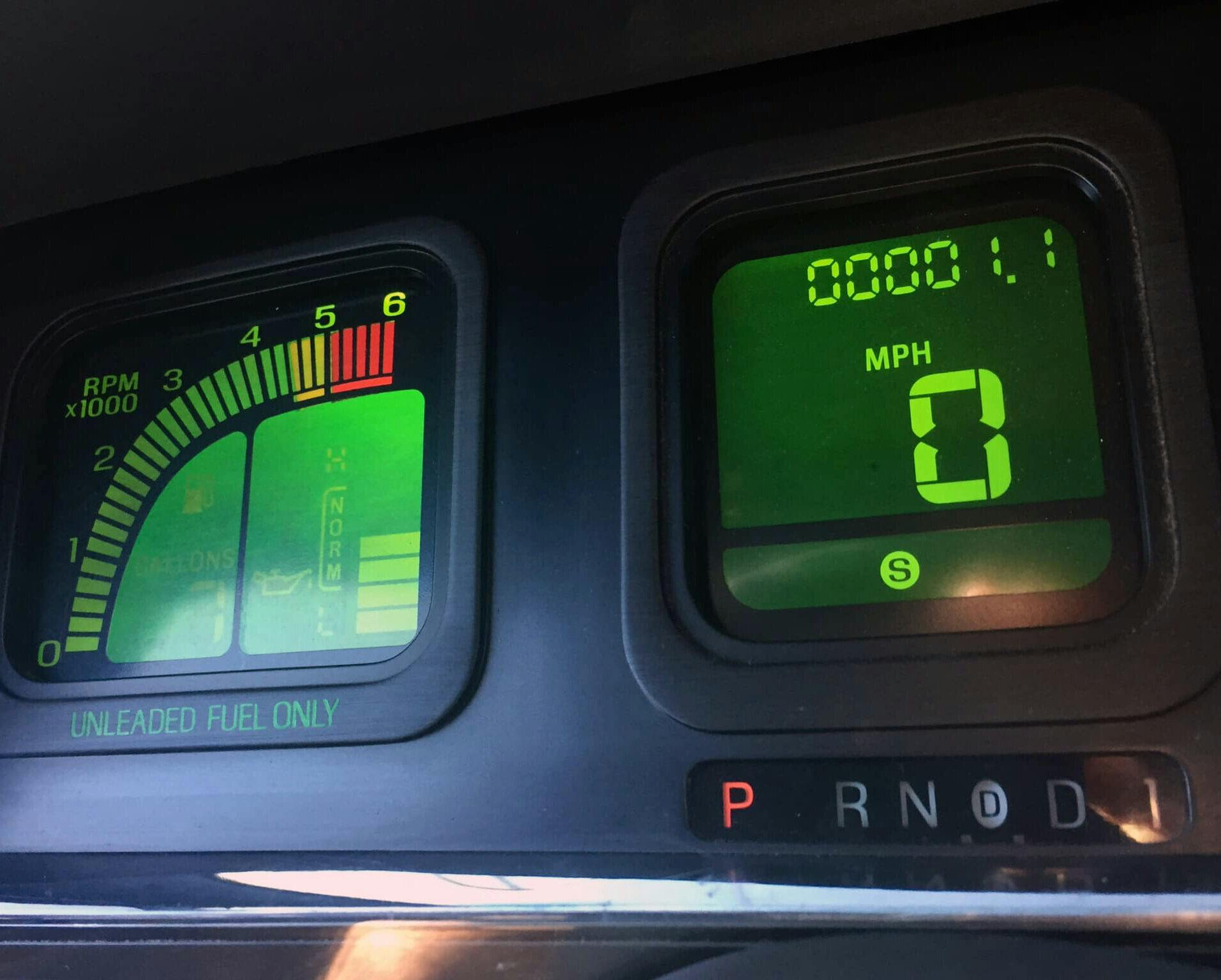



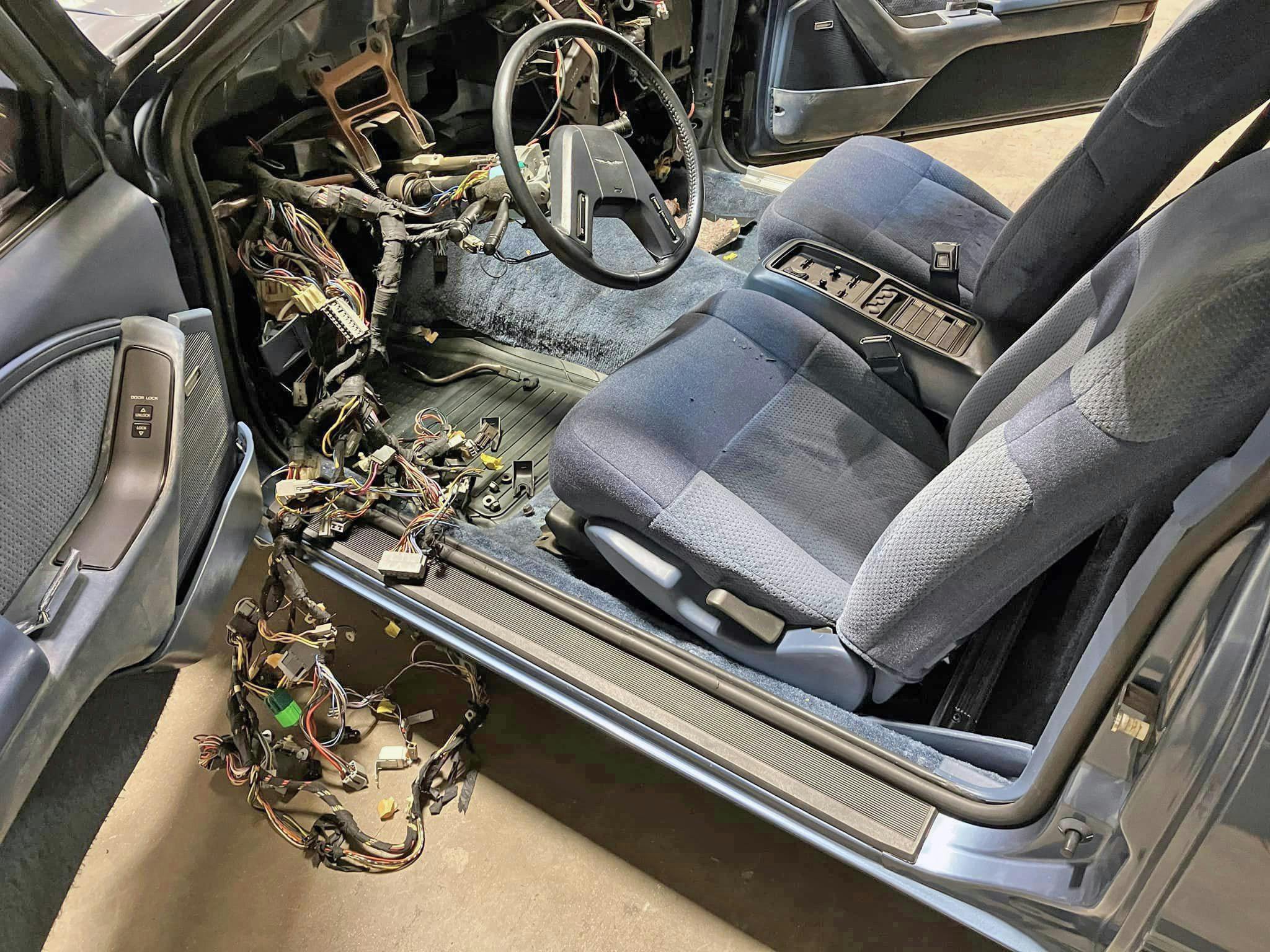
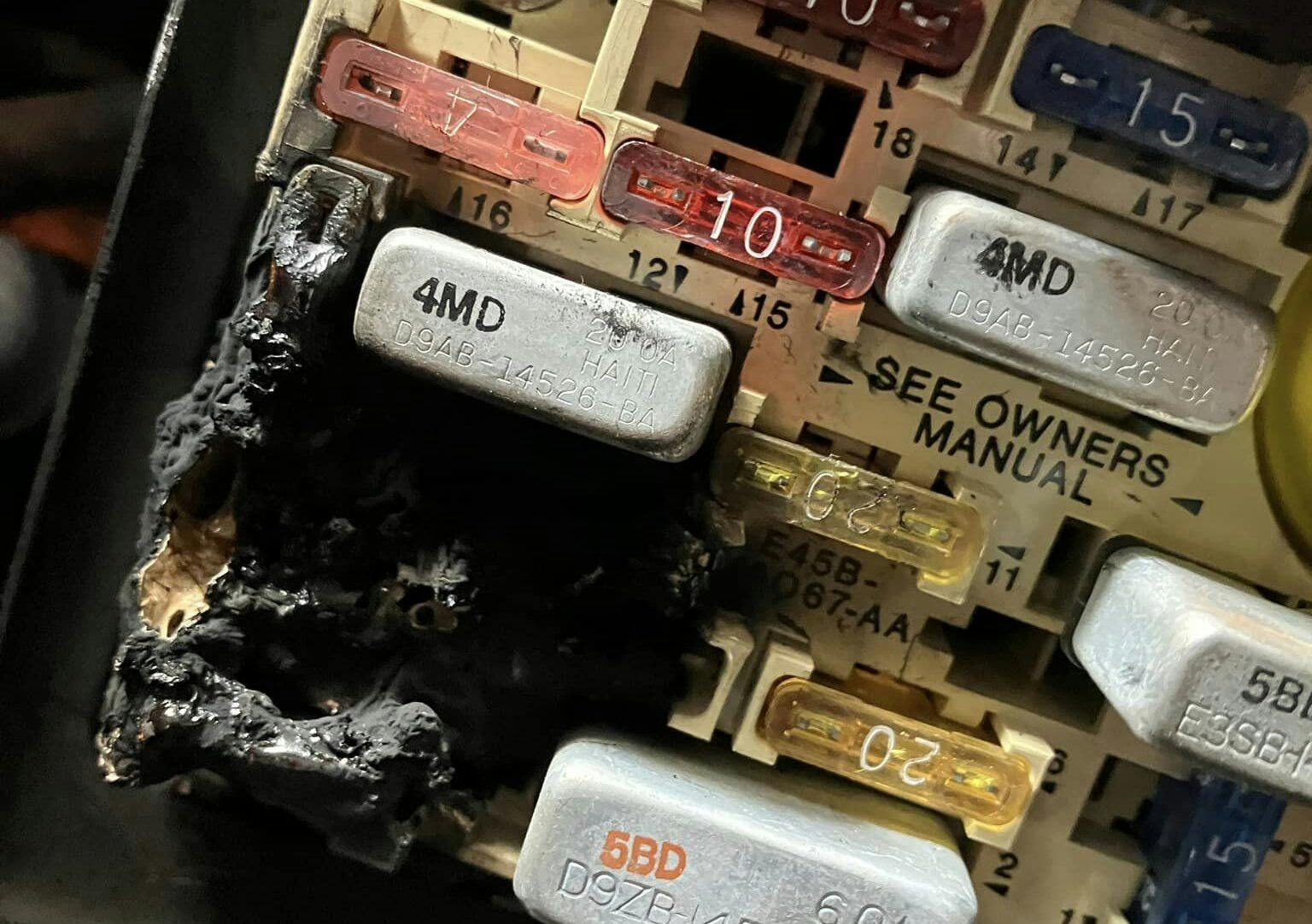
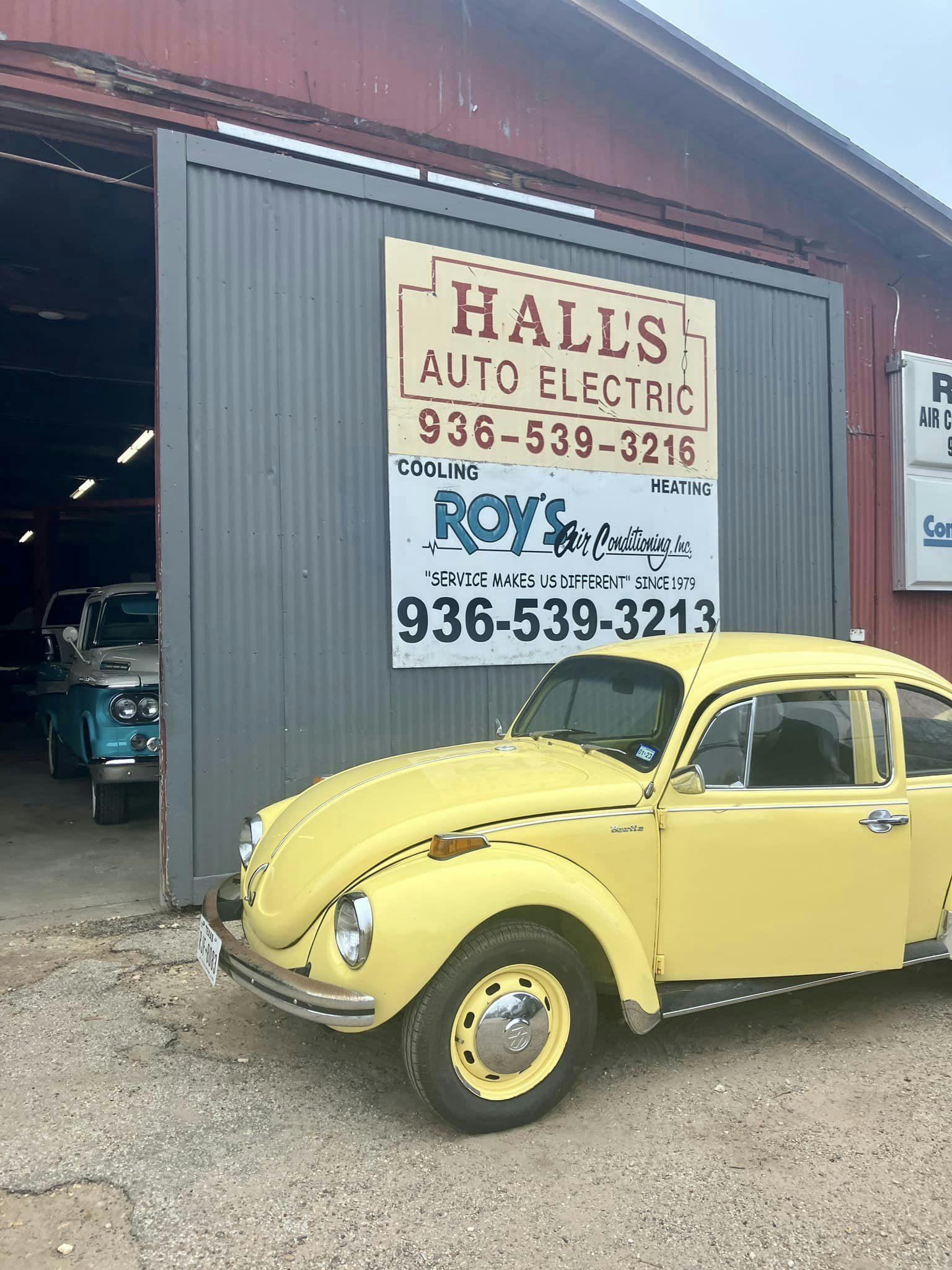


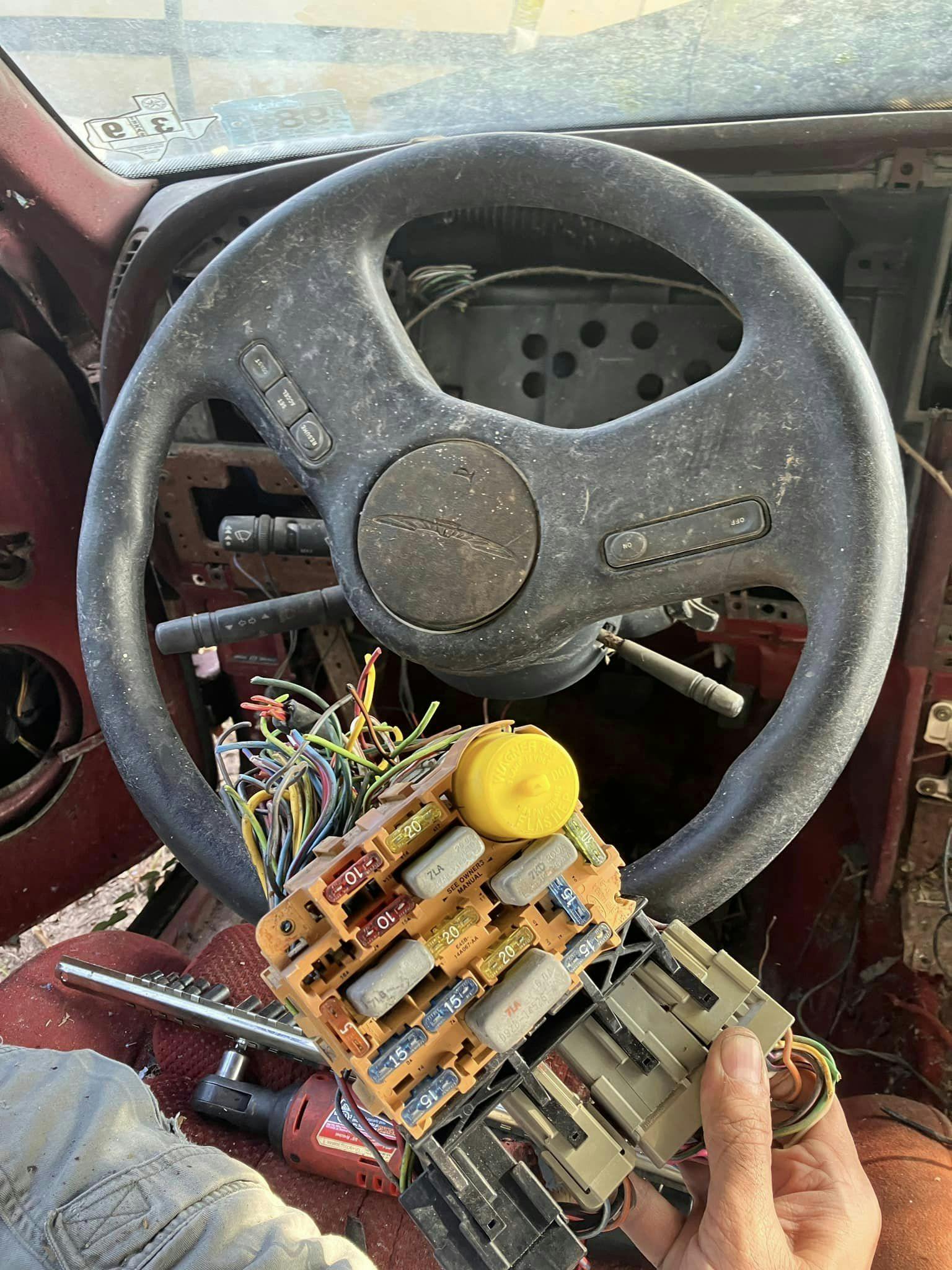
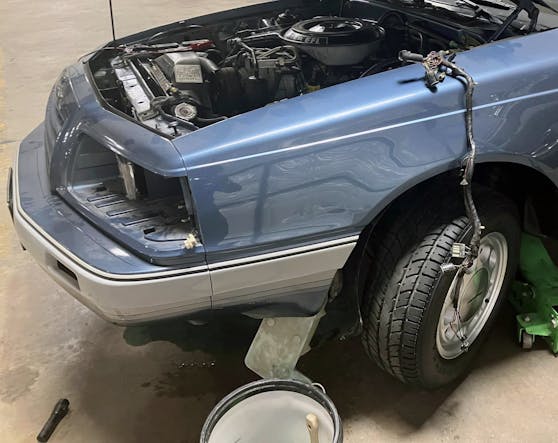
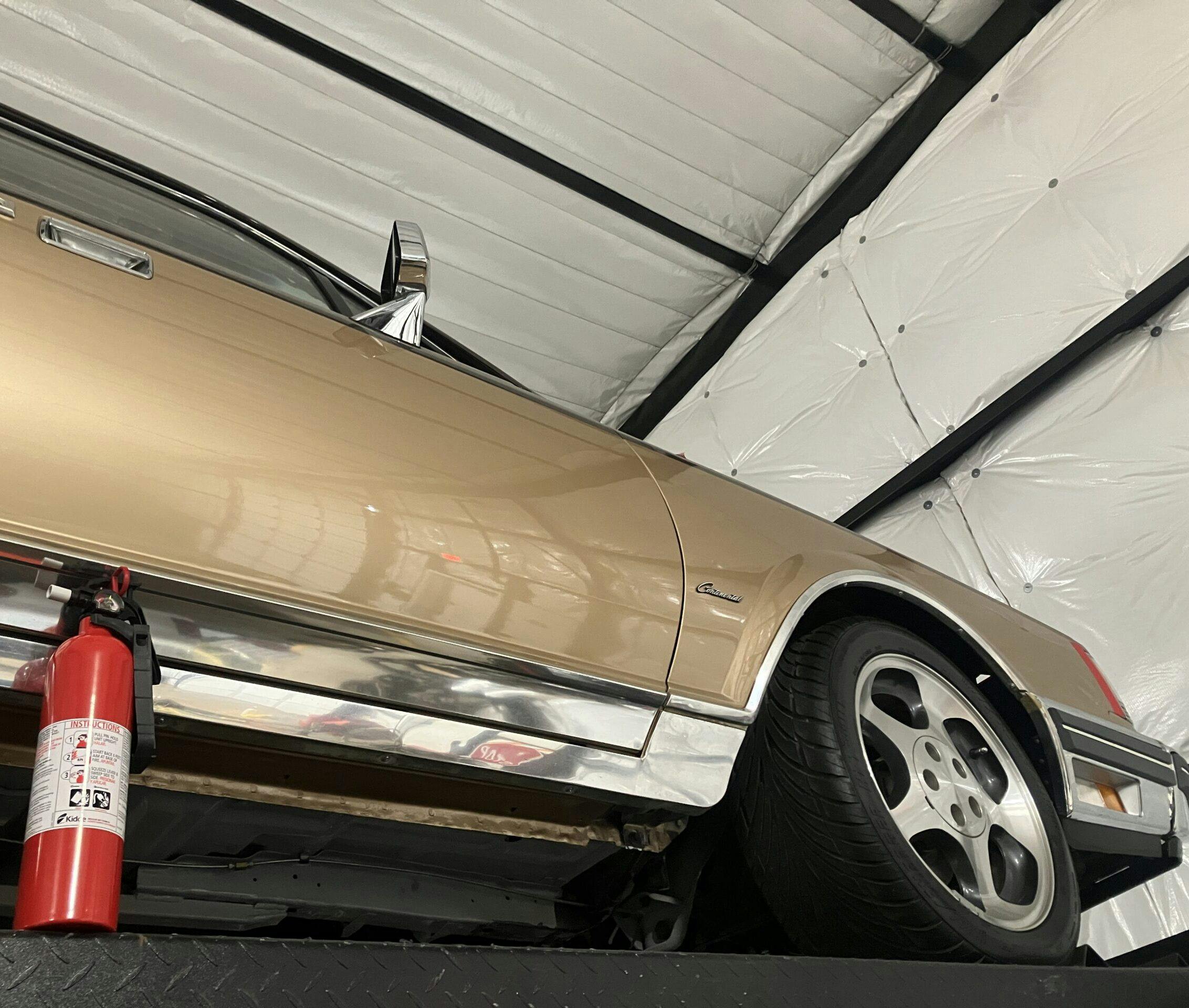
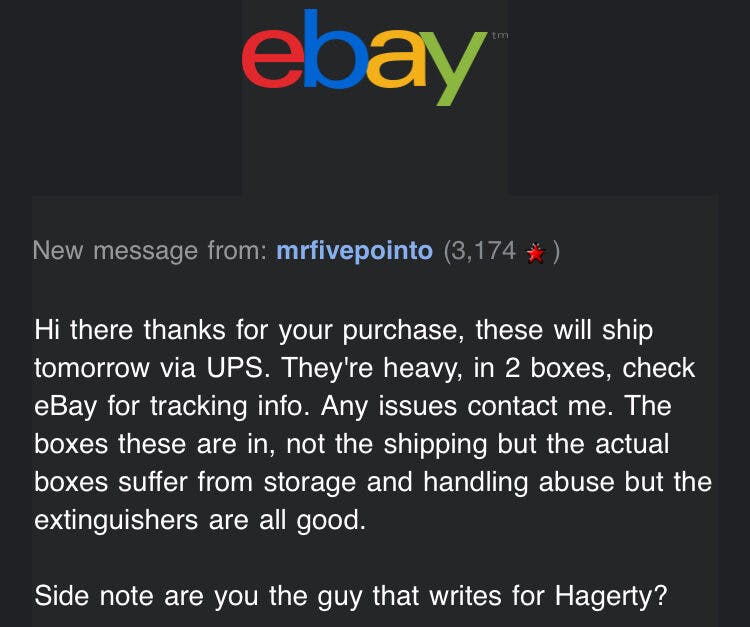
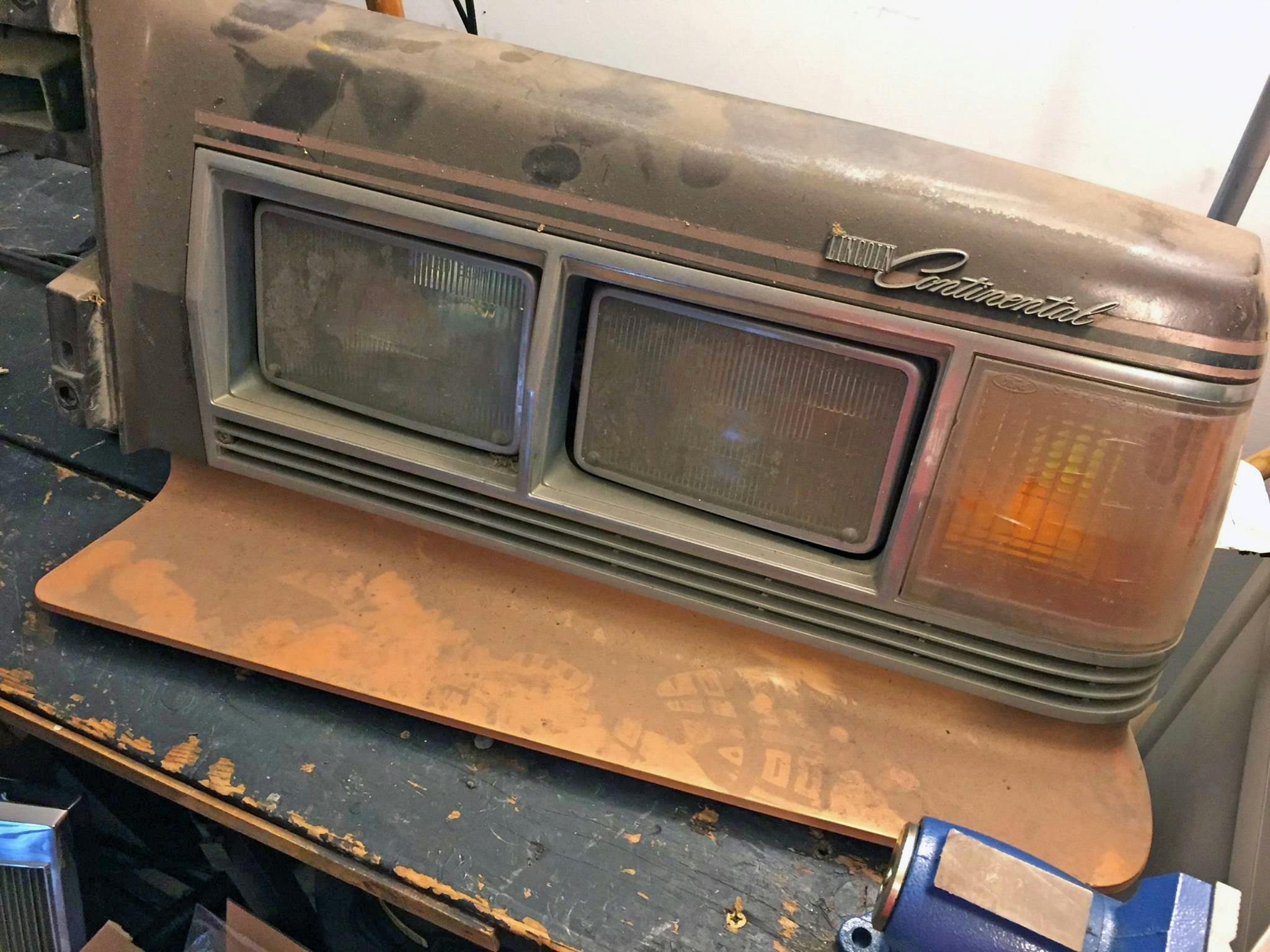








































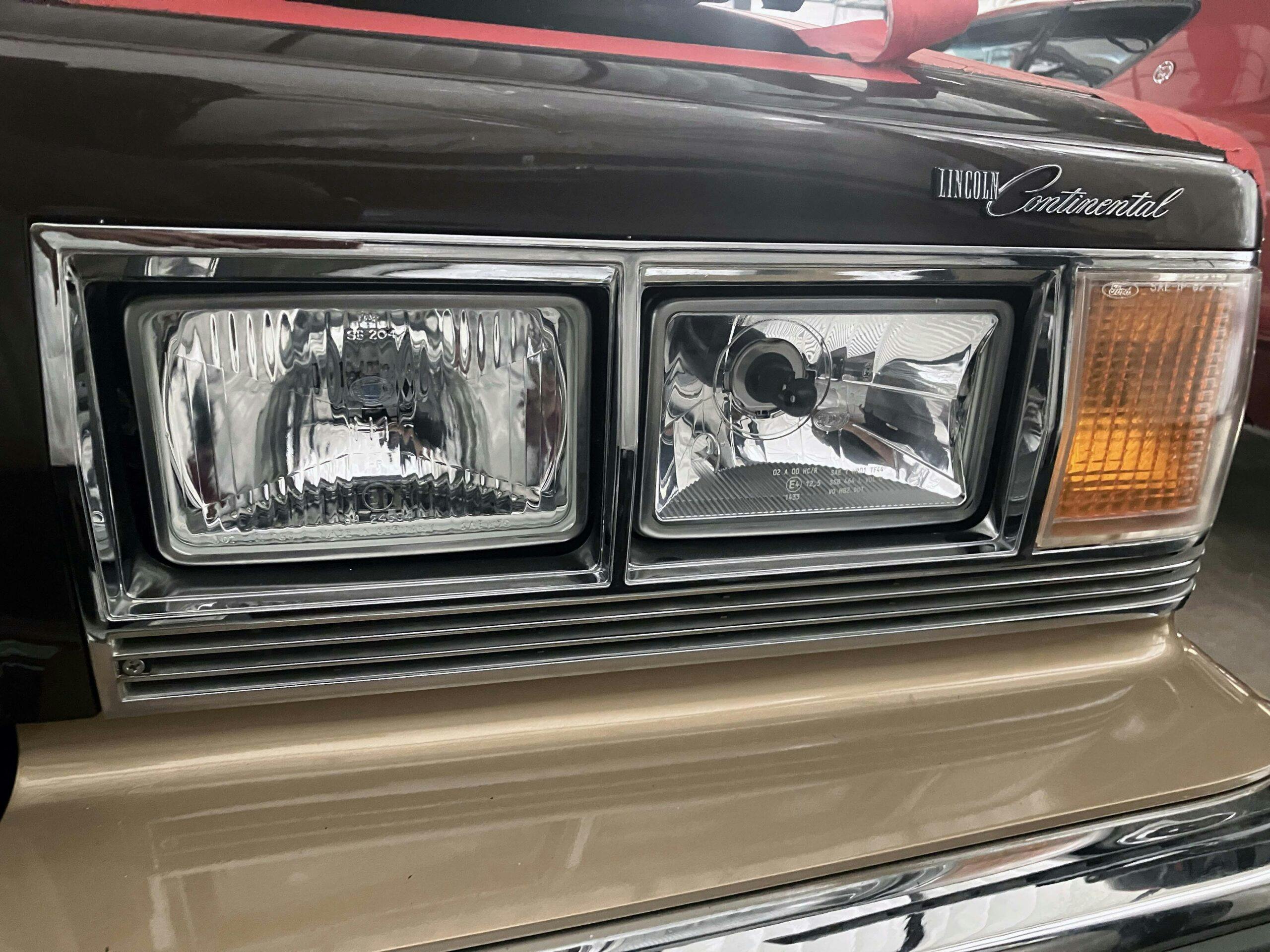
Informative read:
https://www.msn.com/en-us/news/us/headlights-are-blinding-us-here-s-why-it-s-mostly-an-american-problem/ar-BB1ikkLa?ocid=hpmsn&cvid=0ea27b5d5915476d96e1e403e8536d8e&ei=46